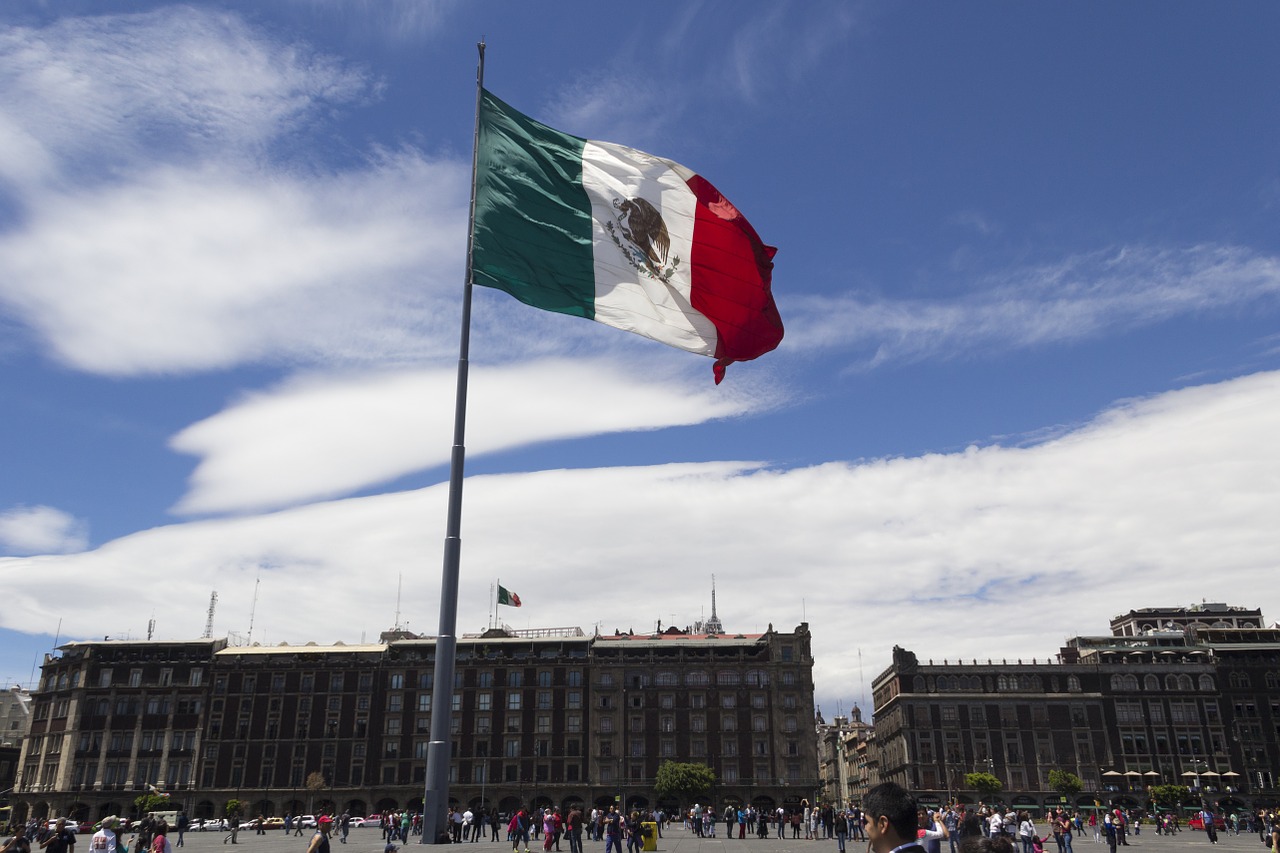Last year, Mexico received another record amount of remittances from its workers abroad, primarily in the United States. Official figures indicate that remittance income totaled an unprecedented $64.75 billion. However, due to changes in U.S. immigration policy, the outlook could shift.
As an indication of the importance of remittances for Mexico and its top recipient states, the Latin American country solidified its position in 2024 as the world’s second-largest recipient of remittances, surpassing China (which received $48 billion). Only India ranked higher, reporting inflows of $129 billion.
The significance of remittances in Mexico is already reflected in key indicators. For example, their share of GDP increased from 2.0% to 3.6%. Additionally, they now account for 5.2% of private consumption, compared to 2.8% in 2010.
“Without a doubt, remittances serve as an important supplement to household income. When compared to total wages (as estimated by the National Occupation and Employment Survey, ENOE), the proportion stands at 16% (2023),” noted the Banamex research team.
Seven States at Risk
Although all states in Mexico receive remittances, seven states are particularly dependent on these flows. In some cases, remittances have become essential to state economies, with entire communities relying almost entirely on them.
In 2024, seven states accounted for more than half of the total remittance inflows. Michoacán, Guanajuato, and Jalisco each received around $5.5 billion, representing 8.7% of the national total for the first two states and 8.5% for the third. Combined, these three states accounted for 25.9% of the country’s total remittances.
These states, which have historically seen high levels of migration, have consistently led in remittance inflows since data collection by state began in 2003. Mexico City, the State of Mexico, Chiapas, and Oaxaca complete the list of the seven states that received over half of the country’s remittances, with 7.2%, 7.1%, 6.4%, and 5.3%, respectively, for a total share of 52%.
Over the past decade, Mexico City and Chiapas have significantly increased their share, rising from 5.4% and 2.9% in 2003, respectively. Meanwhile, Michoacán has seen a decline in its share, dropping from 12.4% in 2004.
According to Banamex, in some states, remittances account for more than 10% of GDP. The inflow of these funds has reached levels similar to those of Central American countries that are highly dependent on remittances.
For instance, in 2023, remittances to Mexico represented more than 20% of GDP in Guatemala, El Salvador, Honduras, and Nicaragua. Meanwhile, in Chiapas, the share reached 16%. In three other states—Guerrero, Michoacán, and Zacatecas—remittances accounted for 13.8%, 10.9%, and 10.6%, respectively.
Moreover, in some Mexican states, remittances play an even more crucial role due to socioeconomic conditions. In Chiapas, Guerrero, and Zacatecas, remittances represent 52.7%, 50.8%, and 47.7% of total payroll income, respectively.
As a result, the income generated abroad by workers from these states or with ties to them is equivalent to half of what the entire employed population produces in those regions. When combining salaries with remittance income, one in every three pesos in household income in these states originates from abroad. These states are among the most economically disadvantaged in Mexico, with high levels of informal employment (74.6%, 78.3%, and 60.6% of the Economically Active Population).
The Trump Factor
The return of Donald Trump to the U.S. presidency and his policies against foreign workers, particularly undocumented immigrants, could alter the conditions and flow of remittances to Mexican states that rely on them.
Banamex warns: “Trump’s return to the White House and the immigration policies implemented in the early days of his administration, along with a projected weakening of the U.S. labor market—including for workers of Mexican origin and Mexican-born individuals—suggest a potential decline in remittance flows. This could limit migration and further discourage the hiring of undocumented workers.”
“In addition, we anticipate increased volatility in these flows over the coming months, partly due to growing fears of deportation among migrants, which could reduce work hours and encourage temporary savings for survival. For 2025, we estimate a 2% increase in nominal U.S. dollars, reaching $66 billion, though risks remain tilted to the downside,” stated the Mexican bank.
One potential mitigating factor for those dependent on remittances in Mexico is a possible currency depreciation. However, nothing is certain, and remittance flows remain another likely casualty of Trump’s return to the White House




